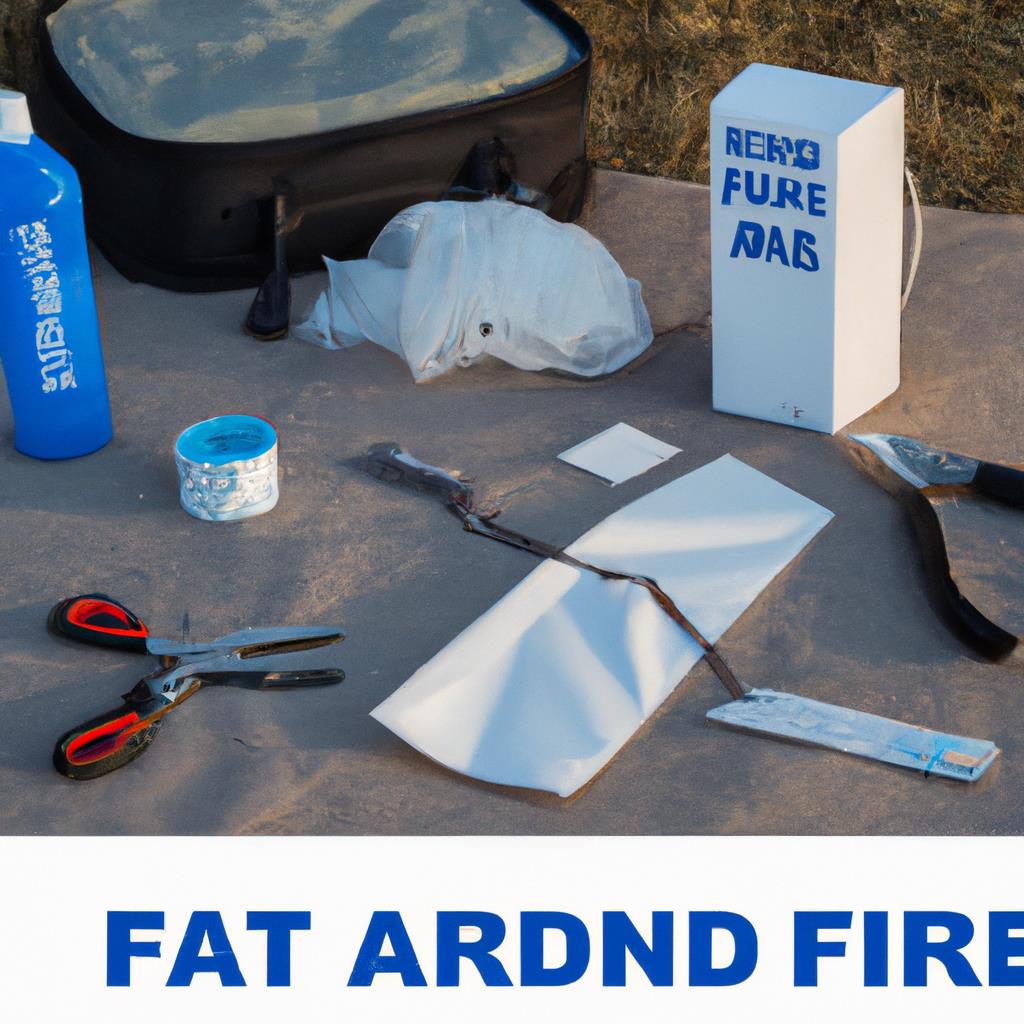Tenting and camping can be excellent ways to enjoy the great outdoors and connect with nature. However, accidents can happen even in the most well-prepared camping trips. Having a well-stocked first aid kit can help you be prepared for any minor medical emergencies that may arise during your camping adventure. Here are some tips on creating the perfect first aid kit for your tenting adventure.
Consider Your Destination: Before you start assembling your first aid kit, consider the location and duration of your camping trip. If you are heading to a remote area with limited access to medical facilities, you may need to pack more supplies compared to campsites with easy access to medical help. Make sure to research the nearest medical facilities and their operating hours in case of emergencies.
Basic Supplies You Will Need: Every first aid kit should include basics such as adhesive bandages, gauze pads, adhesive tape, antiseptic wipes, scissors, tweezers, and gloves. These supplies can help you treat minor cuts, scrapes, burns, and insect bites that are common during camping trips. You may also want to include pain relievers, antihistamines, and anti-inflammatory medications for common ailments such as headaches, allergies, and muscle pain.
Specialized Supplies: Depending on your destination and activities planned, you may need to customize your first aid kit with specialized supplies. For example, if you are camping in a wilderness area known for snake encounters, you may want to include a snakebite kit. If you are planning water activities, include waterproof bandages and dressing materials. If you have specific medical conditions such as allergies or asthma, make sure to pack your prescribed medications and any necessary equipment like an inhaler or EpiPen.
Emergency Contact Information: In addition to your first aid supplies, it is crucial to include emergency contact information in your kit. Write down your emergency contacts' names and phone numbers, as well as any specific medical information such as allergies, blood type, and current medications. Keep this information in a waterproof container to protect it from damage.
Storage and Organization: Your first aid kit should be stored in a durable and waterproof container to protect the supplies from moisture and damage. Consider using a clear container or labeling the outside of the kit with a first aid symbol for easy identification. Pouches or compartments can help you organize the supplies and access them quickly in case of emergencies.
Regular Inspections and Refills: Before each camping trip, inspect your first aid kit to ensure that all supplies are up to date and undamaged. Check the expiration dates on medications and replace any expired items. Refill any used supplies and add any new items that may be necessary based on your destination and activities planned.
Training and Knowledge: Having a well-stocked first aid kit is essential, but knowing how to use the supplies correctly is equally important. Consider taking a basic first aid course before your camping trip to learn how to treat common camping injuries and emergencies. Practice using the supplies in your first aid kit so that you will be prepared to handle any situation that may arise during your adventure.
Conclusion: Creating the perfect first aid kit for your tenting adventure requires careful planning and consideration of your destination, activities, and medical needs. By stocking your kit with essential supplies, customizing it with specialized items, and organizing it for easy access, you can be prepared for any minor medical emergencies that may occur during your camping trip. Remember to regularly inspect and refill your kit, include emergency contact information, and seek training in first aid to ensure a safe and enjoyable camping experience.


leave a comment